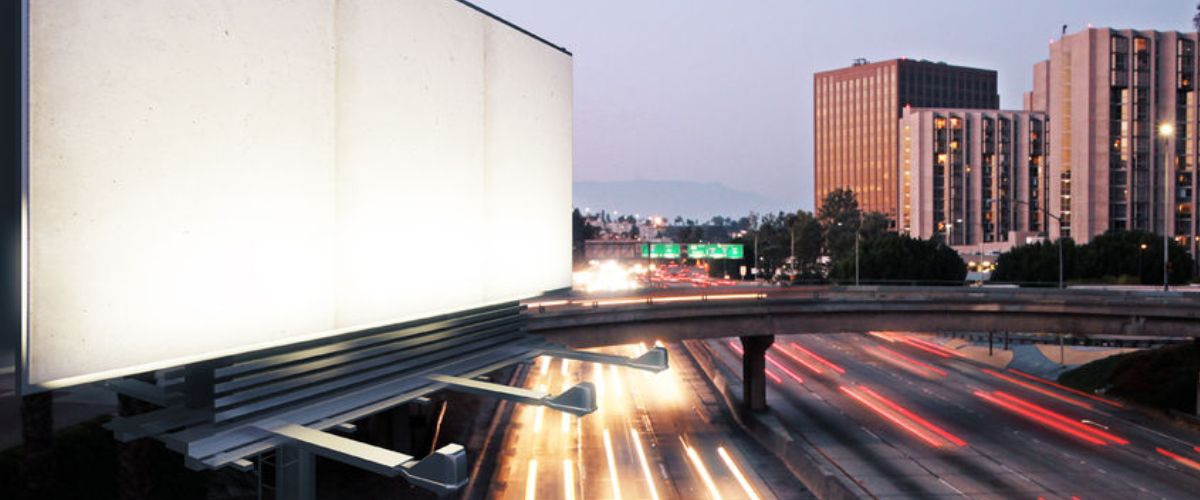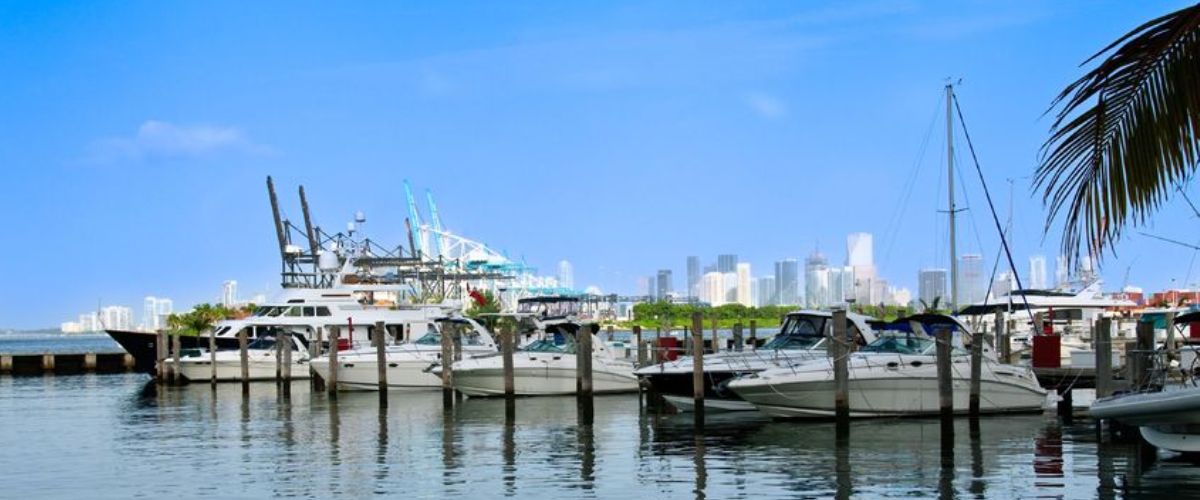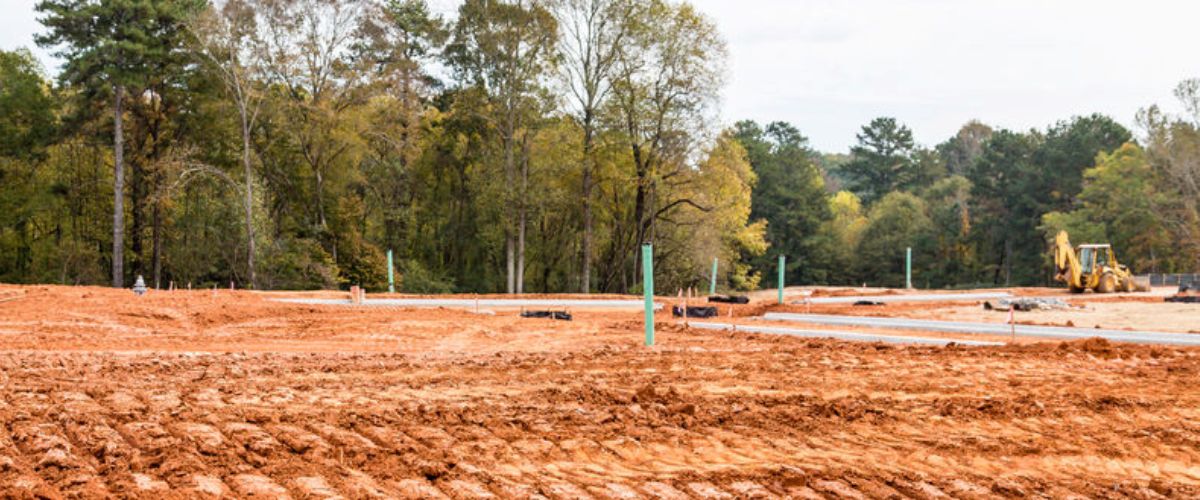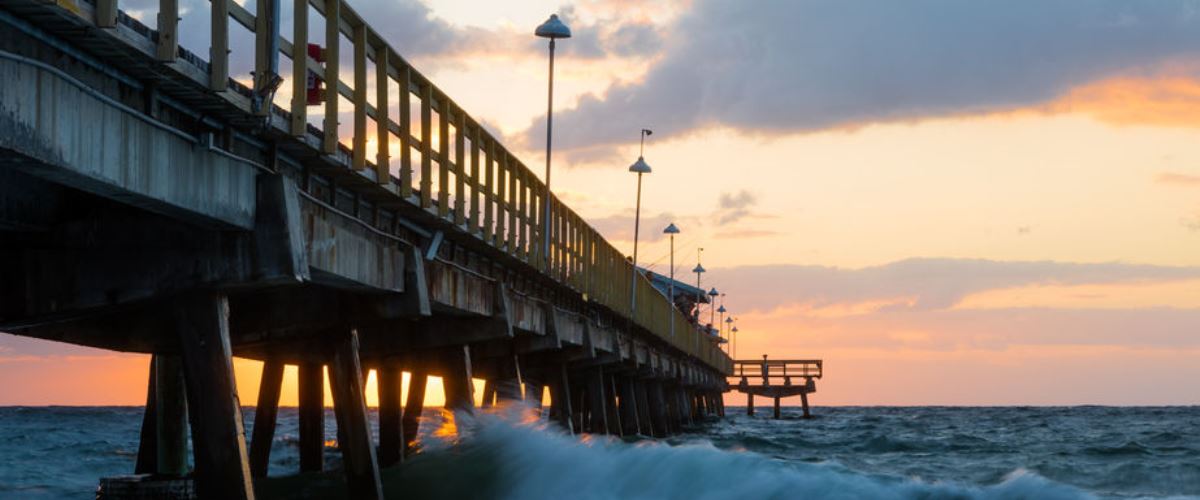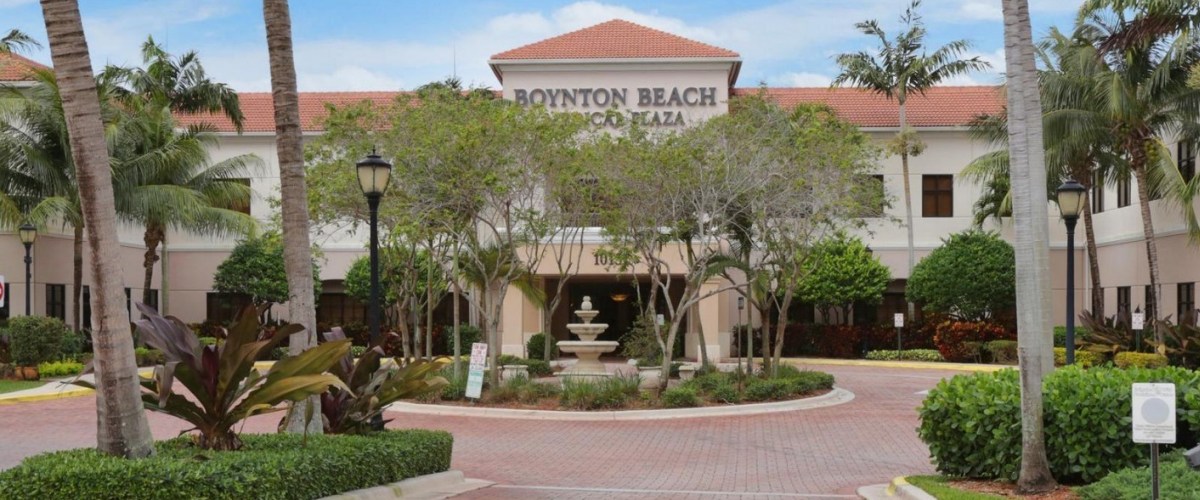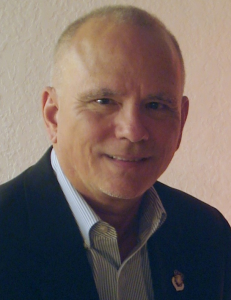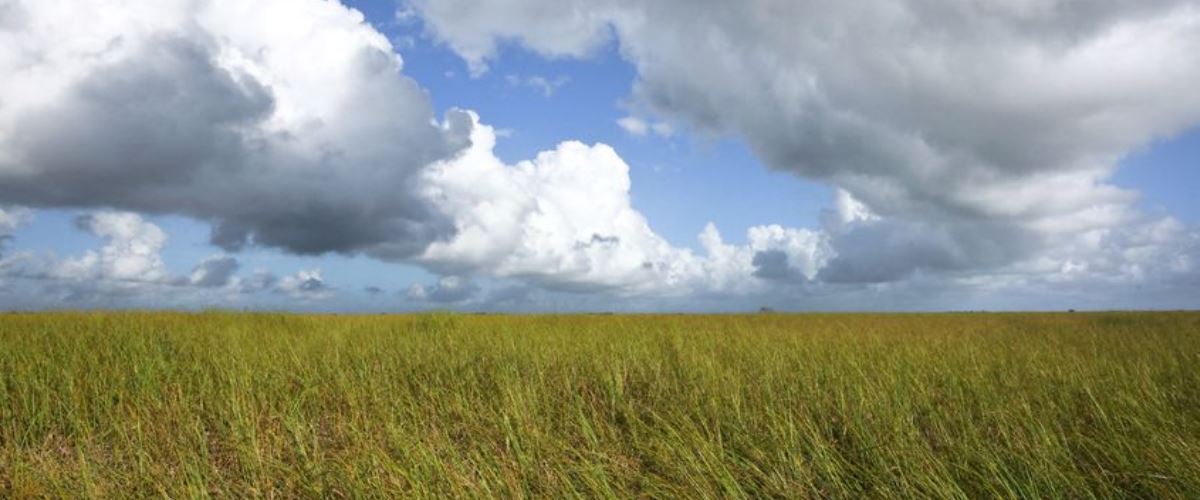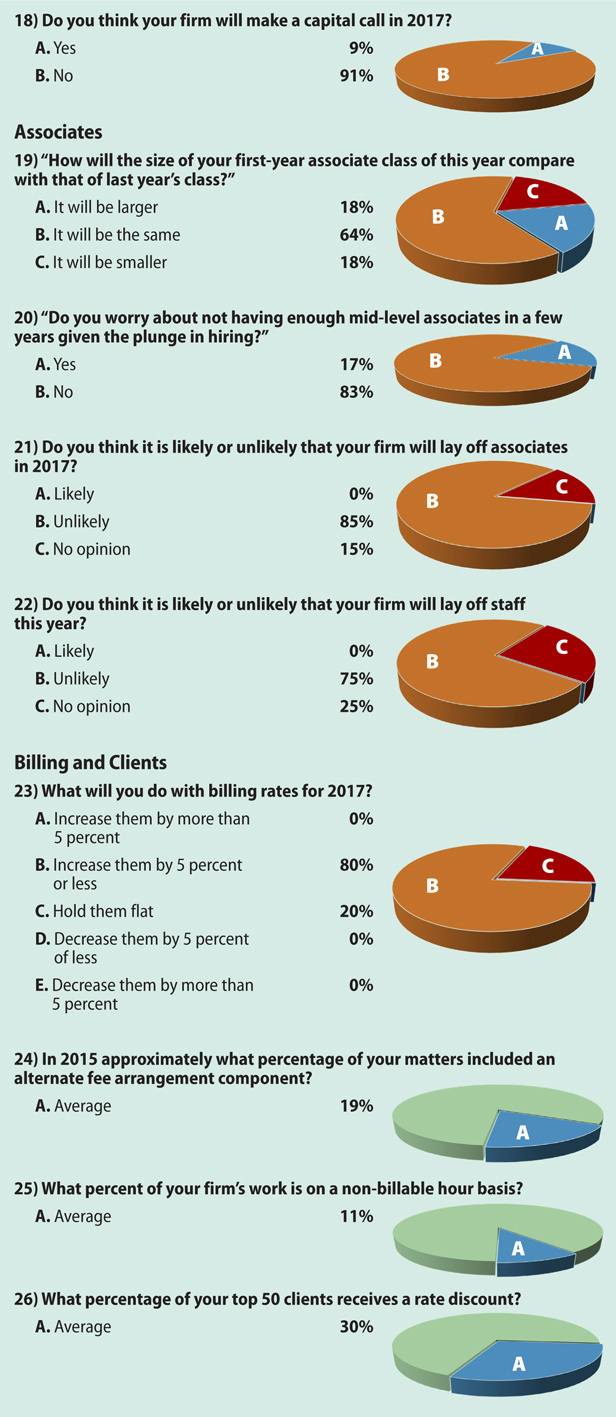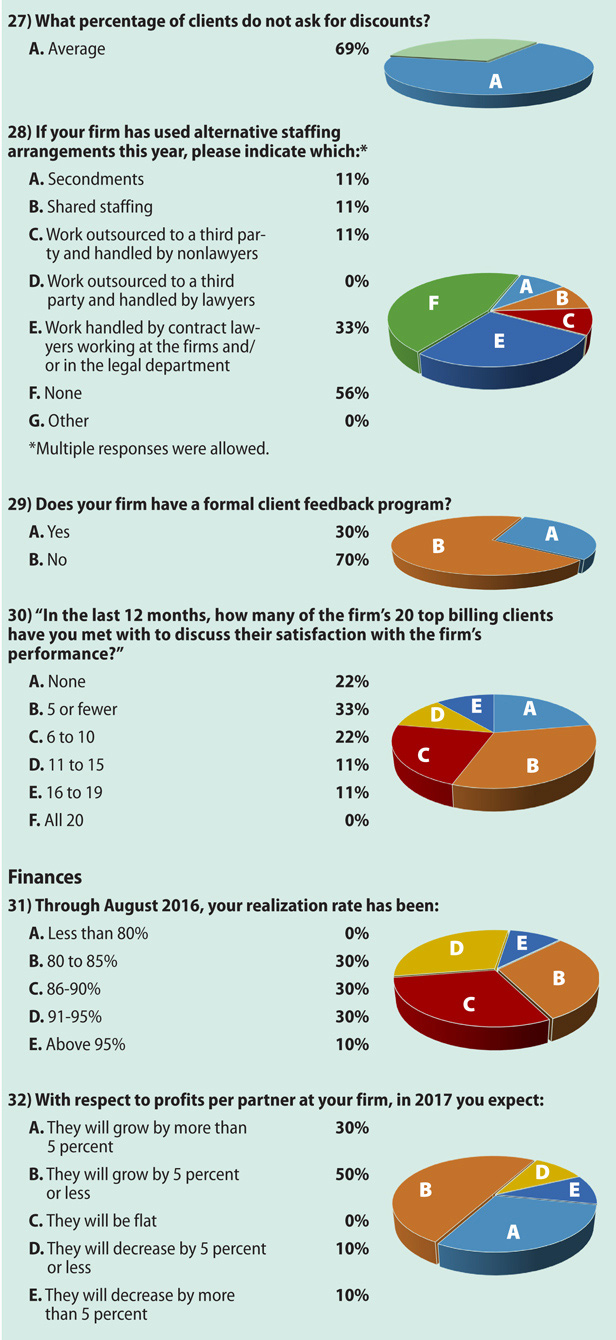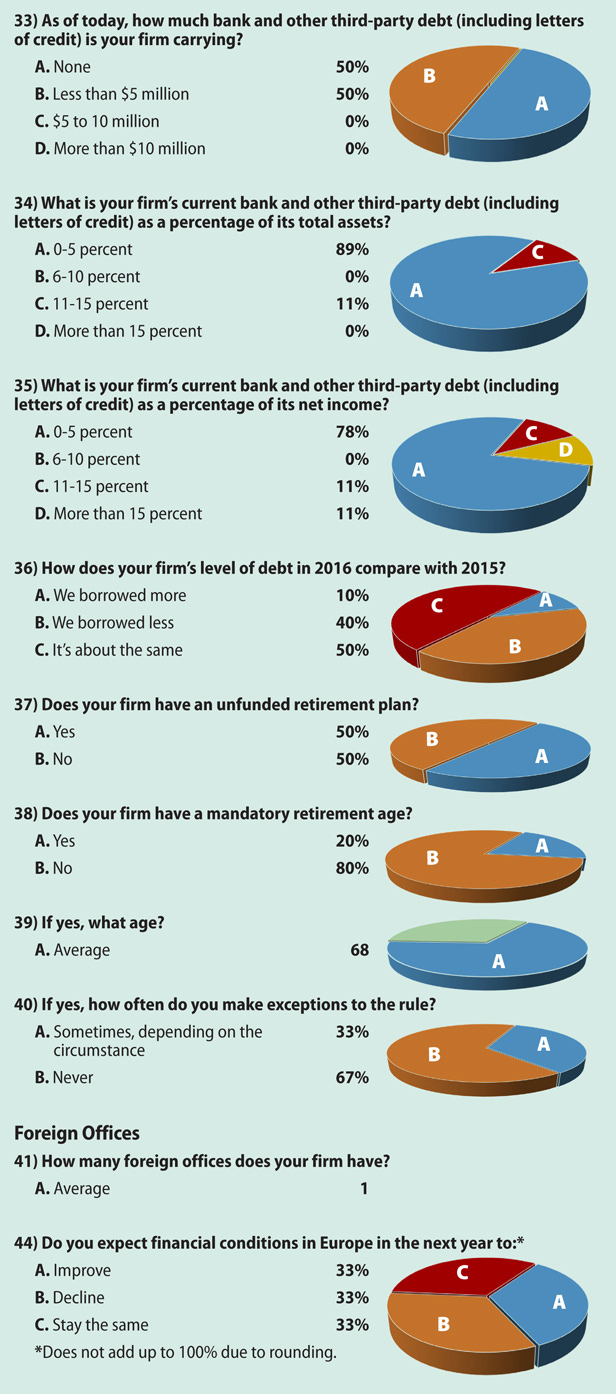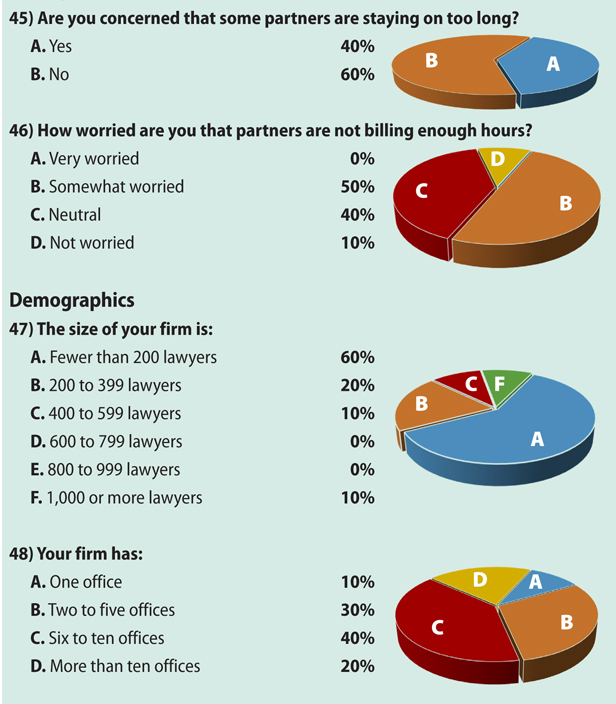While airports and some retail locations have been hurt by traffic and road closures during President Donald Trump‘s four visits to his Mar-a-Lago estate since Inauguration Day, leaders of Palm Beach County area business associations see his visits as priceless free marketing.
“There is no question that President Trump’s Winter White House in Palm Beach has clearly elevated the profile of the island and the surrounding areas,” said Kelly Smallridge, president and CEO of the Business Development Board of Palm Beach County. “There is no way we could have ever been in a financial position to have the name ‘Palm Beach’ mentioned so many times on national and international media outlets as often as when the President visits Mar-a-Lago. Our county clearly benefits.”
In addition to the free marketing, the exposure is bringing more people to the region, although any net benefits are hard to deduce because it’s high-season for tourism in Palm Beach.
“All we’re hearing is that it’s good, there’s a trickle down of people coming down into town … they rent hotel rooms and go out to restaurants,” said Penny Pompei, chair of Palm Beach SCORE, an office of the national business counseling and development organization.
Rick Rose, who leads walking tours in the posh Worth Avenue shopping district and is a proprietor at the Grandview Gardens Bed and Breakfast, says he’s seen “no uptick at all” at either of his businesses since Trump has been president. That’s partly because this is the height of the tourism season. However, he gets more questions about Palm Beach and Mar-a-Lago on his walking tours, especially from international visitors and journalists wanting to know more about the history of the area.
“They’re a little more interested in Palm Beach than they have been in the past,” Rose said.
According to Marley Herring, president of the Worth Avenue Association and owner of Marley’s Palm Beach Collection, the first Trump weekend visit presented some obstacles like traffic, but Palm Beach has since adjusted and is benefiting from the exposure. The first presidential weekend stay brought closures which blocked a normal entrance to Worth Avenue, but now visitors are getting used to the traffic detours.
“It’s equaled out. At first, that initial weekend, because no one knew the traffic patterns, that was hard to deal with. But you can see an uptick every weekend since,” Herring said.
During the president’s fourth weekend visit, it was back to business as usual along Worth Avenue.
“It’s been positive, and the fact is it’s getting better every week,” Herring said. “I think he’s just doing what he normally does, and what a great place to do it. It’s just beautiful here.”
Like airports, the waters around Palm Beach and Mar-a-Lago have restrictions put in place when the president is in town. But the marine industry doesn’t seem to be as affected as the airports. In fact, Chuck Collins, executive director of the Marine Industries Association of Palm Beach County, seems to have an opposite view.
“It’s probably one of the best things that have ever happened to us,” Collins said.
Collins is a marine veteran, having served as the former South Regional Director for the Florida Fish and Wildlife Conservation Commission. For Collins, who joined the Marine Industries Association a little over two years ago, Trump’s visits to Palm Beach County are some of the best advertising for the region’s beaches and waterways.
“Think of what happens when President Trump comes down here. This is the ‘Winter White House.’ What do you see when they film down here? Palm trees, greens, beaches, you see all the different boats in the marine industry, you see all different people paddle boarding, in swim suits,” Collins said. “People are watching this, and you know what they’re thinking? That’s where I want to be when I retire. That’s paradise.”
Collins is familiar with the benefits of free publicity. While at Fish and Wildlife, he was part of the team that decided to launch the python challenge, a special hunting season where hunters were allowed to target invasive Burmese pythons. And although at first there was some criticism, the python hunt netted Fish and Wildlife millions of dollars in free publicity.
“I got a bunch of criticism and I said, ‘Are you kidding? I’ve got 20-foot snakes down here.’ I ended up getting $40 million in free publicity,” Collins said. “That was one little event. Trump’s visits are going to be worth hundreds of millions of dollars in free publicity.”
This is Part IV and the final installment of the Business Journal’s series on the impact of President Donald Trump‘s weekend visits to Mar-a-Lago.
Click here to go to Part I of the Business Journal’s series on the impact of Trump’s visits to Mar-a-Lago, “Trump’s Winter White House visits hamper some businesses in Palm Beach, help others.”
Click here to go to Part II, “Regional airports suffer when Trump touches down.”
Click here to go to Part III, “The free publicity Trump brings may overshadow the negatives.”
Source: SFBJ

